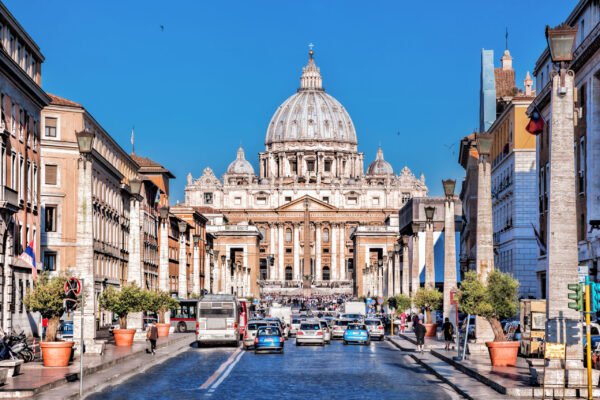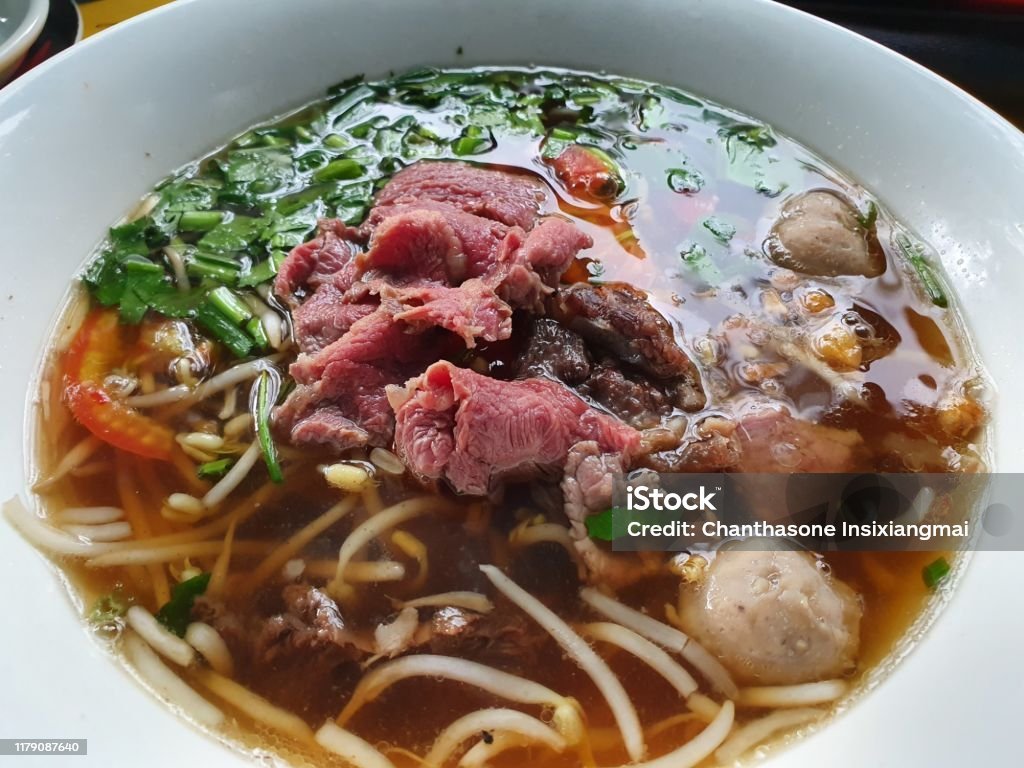
Introduction to Vatican City
Vatican City, the smallest country in the world by area and population, is an enclave within the bustling city of Rome, Italy. This independent city-state stands as a unique sovereign entity, covering approximately 44 hectares (110 acres) and housing around 800 residents. The establishment of Vatican City was formalized in 1929 through the Lateran Treaty, a pivotal agreement between the Holy See and the Kingdom of Italy, ensuring its autonomy and independence.
Geographically, Vatican City is situated on the Tiber River’s western bank and surrounded by Roman neighborhoods. Despite its minuscule size, Vatican City holds immense historical and cultural significance. It serves as the spiritual and administrative center of the Roman Catholic Church, hosting the Pope, the spiritual leader of the global Catholic community, and the head of state of this tiny nation.
The significance of Vatican City extends beyond its religious and administrative roles. It houses some of the world’s most renowned cultural and artistic treasures, including St. Peter’s Basilica, the Sistine Chapel, and the Vatican Museums. These landmarks represent the heart of Catholic worship and attract millions of tourists and pilgrims each year, underscoring the city-state’s global influence.
Moreover, Vatican City’s historical journey is deeply intertwined with that of Rome and the broader history of Christianity. From its ancient origins as the site of St. Peter’s martyrdom to its contemporary role as the epicenter of Catholicism, Vatican City remains a symbol of religious heritage and continuity. Its small size belies its profound impact on global religious, cultural, and diplomatic landscapes, making it a remarkable entity worthy of exploration and admiration.

Cultural and Historical Significance
Vatican City boasts an unparalleled cultural and historical legacy. St. Peter’s Basilica is central to this heritage, a masterpiece of Renaissance architecture and one of Christendom’s most significant religious edifices. Commissioned by Pope Julius II in the early 16th century, its construction spanned over a century, involving the genius of architects like Bramante, Michelangelo, and Bernini. The basilica stands where Saint Peter, one of Jesus Christ’s apostles, is believed to be buried, making it a pilgrimage destination for millions.
No exploration of Vatican City’s cultural significance would be complete without mentioning the Sistine Chapel. This iconic chapel is renowned for its breathtaking ceiling frescoes painted by Michelangelo between 1508 and 1512. These frescoes depict scenes from the Book of Genesis, including the celebrated “Creation of Adam.” The Sistine Chapel is also the site of the papal conclave, where new popes are elected, underscoring its importance in religious and cultural contexts.
The Vatican Museums further enrich Vatican City’s cultural tapestry. Founded by Pope Julius II in the early 16th century, the museums house an extraordinary collection of art and historical artifacts spanning millennia. Visitors can marvel at works by Raphael, such as the “School of Athens” and the ancient Laocoön and His Sons statue, among countless other treasures. These collections highlight the artistic achievements of various civilizations and reflect the Vatican’s patronage and preservation of the arts.
Throughout history, Vatican City has played a pivotal role in global affairs. As the epicenter of the Roman Catholic Church, it has significantly influenced religious, cultural, and political developments worldwide. The decisions and doctrines issued by this tiny sovereign state have had far-reaching impacts, shaping the course of history in profound ways. Thus, the cultural and historical significance of Vatican City extends well beyond its borders, continuing to resonate on a global scale.

Governance and Administration
Vatican City operates under a unique governance structure centered around the Pope, who holds absolute power as the supreme leader. As the head of the Catholic Church, the Pope’s influence extends beyond religious duties to encompass the executive, legislative, and judicial branches of Vatican City. His authority is supported by the Roman Curia, an intricate system of various councils, congregations, and tribunals that assist in the administration and execution of ecclesiastical and governmental matters. This body ensures that the day-to-day operations of Vatican City run smoothly, managing everything from doctrinal decisions to diplomatic relations.
One of the most distinctive aspects of Vatican City’s administrative framework is its independent legal and political system. This microstate boasts its postal service, which issues unique stamps highly coveted by philatelists worldwide. Additionally, Vatican City operates several media outlets, including Vatican Radio and the Vatican Television Center, which broadcast religious content and official messages from the Pope to a global audience. The financial operations are managed by the Institute for the Works of Religion, commonly known as the Vatican Bank, which handles assets and financial transactions in compliance with international regulations.
Security within Vatican City is another unique element of its governance. The Swiss Guard, established in 1506, serves as the personal security force for the Pope. This small but elite unit is known for its distinctive Renaissance-era uniforms and rigorous training. Members of the Swiss Guard are highly skilled, ensuring the Pope’s safety and the Vatican’s integrity. This specialized force exemplifies the blend of tradition and modernity that characterizes Vatican City’s approach to governance and administration.

Visiting Vatican City: Tips and Attractions
Vatican City is a treasure trove of historical, religious, and artistic wonders. To make the most of your visit, it’s crucial to plan. The best times to visit Vatican City are early spring (March to May) and late autumn (September to November), when the weather is pleasant, and the crowds are manageable. The most convenient way to access the city is through Rome, with St. Peter’s Square being the main entry point.
St. Peter’s Basilica is a monumental piece of Renaissance architecture among the must-see attractions. This iconic basilica, adorned with masterpieces by Michelangelo and Bernini, is a marvel. Entry is free, but arriving early is advisable to avoid long queues. Another highlight is the Vatican Museums, home to an extensive collection of art and historical artifacts. Here, you can witness the Raphael Rooms’ grandeur and the Sistine Chapel’s ethereal beauty, with its ceiling painted by Michelangelo.
To streamline your visit, consider purchasing skip-the-line tickets online, which grant priority access and save significant time. Guided tours are also available and can provide deeper insights into the rich history and art within Vatican City. Remember that St. Peter’s Basilica and the Vatican Museums have a strict dress code: shoulders and knees must be covered, and hats should be removed upon entry.
For accommodations, options abound in the nearby Borgo Pio and Prati neighborhoods, offering a range of hotels and guesthouses to suit various budgets. Regarding dining, the areas surrounding Vatican City boast numerous restaurants and cafes serving delicious Italian cuisine. Be sure to try local favorites such as pasta carbonara and Roman-style pizza.
Finally, it’s essential to adhere to the rules and etiquette of Vatican City. Maintain a respectful demeanor, especially within sacred sites, and follow any instructions provided by the staff. By planning and respecting the cultural significance of Vatican City, you can ensure a memorable and enriching experience.







